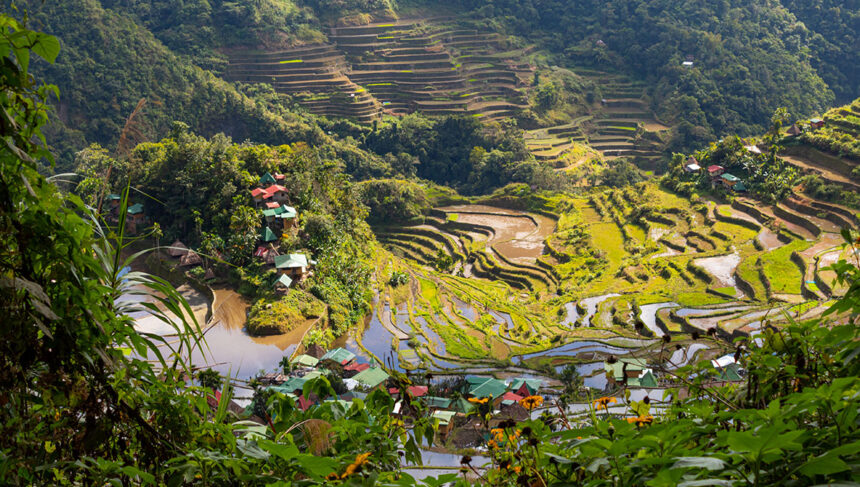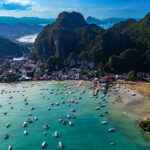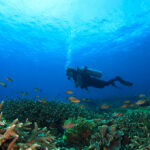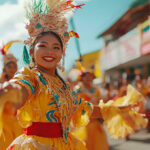What is Philippines famous for? The Southeast Asian archipelago, a region that consists of over 7,000 islands, has been seen to be one of the travel destinations that aesthetically provides wonders to travellers. This has made the place unique in the region, together with its clean beaches, wide wildlife, rich cultural heritage, and amiable locals. The secret behind this country being a favourite among millions of tourists every year lies in World Pinoy Flights, be it in the non-stop energy capital or doing an island-hopping expedition to far-off tropical isles.
What is Philippines Famous For?
1. Exquisite Beach Resorts and Island Destinations
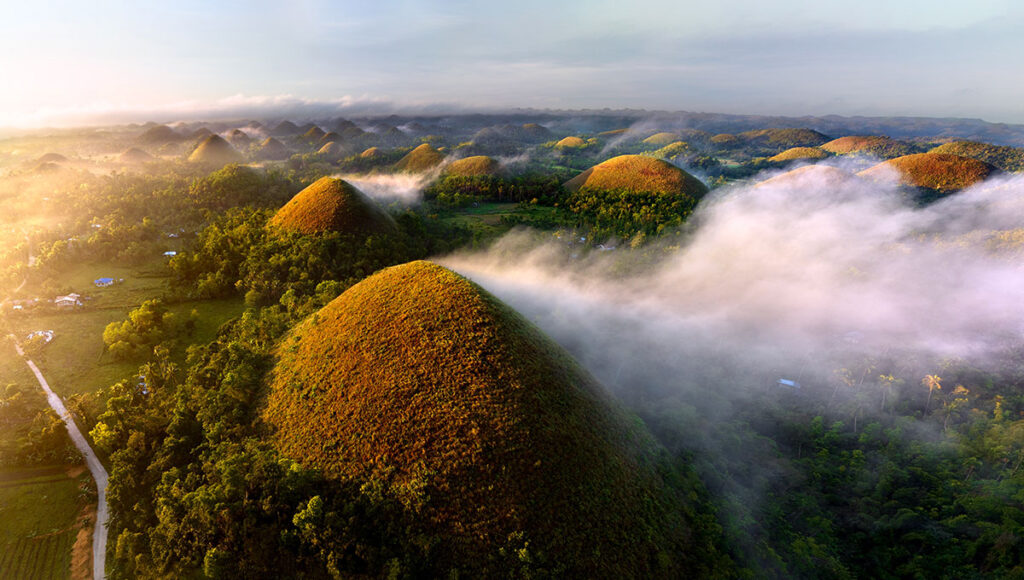
The Philippine coastline boasts some of the most amazing beach destinations in the world. Boracay has bright white sand with crystal clear waters, whereas Palawan has towering limestone formations emerging out of lagoons of emerald colour. Siargao also appeals to surfers all over the world, and the Chocolate Hills are geological features that can be found only in Bohol, known for being found on land. All of these natural resources answer the question: What is Philippines famous for? Known by beach-lovers and nature-lovers?
2. Unsurpassed Filipino Hospitality
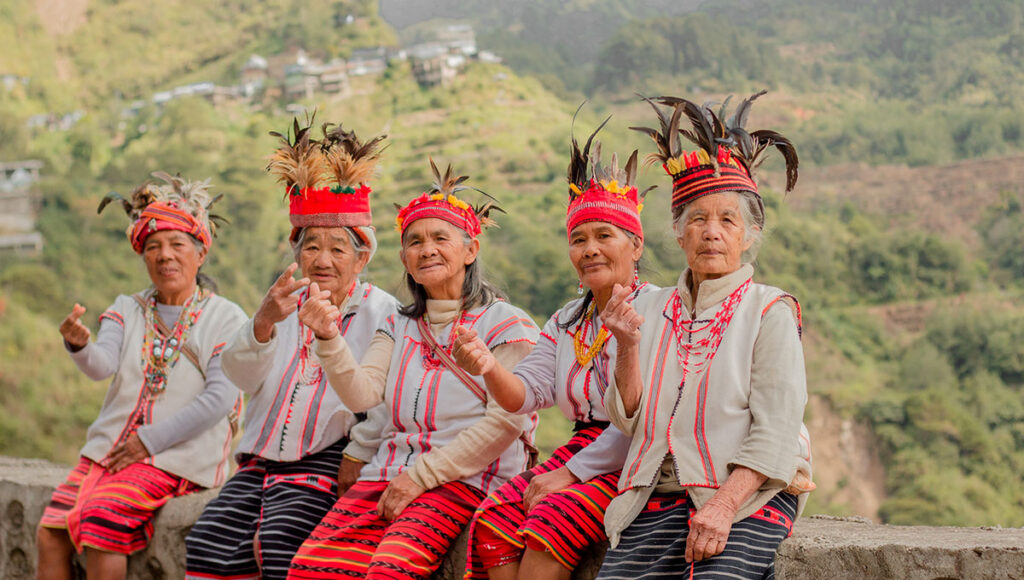
Other than its physical beauty, what is Philippines famous for? Pleasantness and friendliness are the qualities that the Filipino people possess, and this is one of their exceptional qualities. This hospitality is a construal of the cultural concept of malasakit, which is the act that expresses great care and concern towards the well-being of other people. It feels like a benevolence that is most unbelievable, whether you are strolling through the old roads of the capital or having a cultural experience with the assistance of rural communities, but in any way, the visitors are always receiving such amazing benevolence that transforms an otherwise normal trip into an unforgettable journey with a meaningful human experience.
3. Successful Multicoloured Festival Parties

The Philippines also hosts numerous colourful festivals annually with festive costumes, folk dances, and religious worship. The Sinulog Festival in Cebu, the Ati-Atihan in Aklan and the Panagbenga in Baguio are all attended by millions of people who demonstrate the happy mood of the nation. These festivals present the best occasion for visitors to learn about the cultural heritage of a given culture since they are able to experience the traditional and old practices by singing and dancing along the streets and taking part in the communal festivities.
4. Endemic Wildlife Species

The biodiversity of the Philippines is another point that is known to the world, which is famous for it. The archipelago contains a large number of endemic species, which are not found in any other part of the Earth. The Philippine tarsier is considered one of the smallest primates in the world, attracting viewers with his extremely large eyes. The national bird of the Philippines is called the Philippine eagle, which is the largest and rarest raptor in the world. Whale sharks gather together at the Oslob and Donsol areas, areas providing humans with an opportunity to observe amazing wildlife experiences.
5. Diverse Culinary Heritage
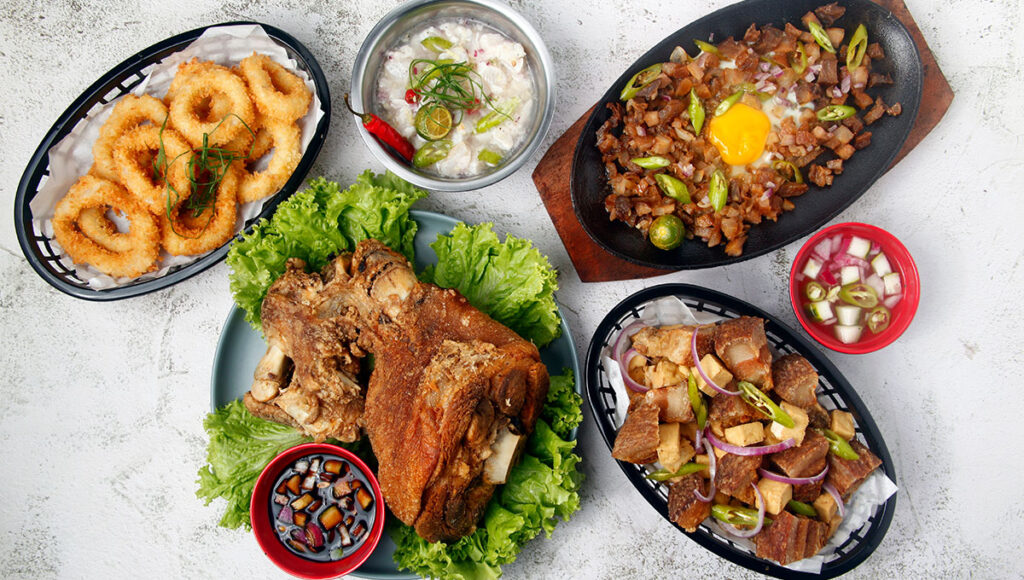
Filipino foods are a mixture of Malay, Spanish, Chinese, and American culinary styles, thus creating a distinct culinary tradition. Adobo is a marinated meat dish that is usually made with vinegar, soy sauce, and garlic, and it is regarded as the unofficial national dish. A roasted pig is one of the favourites of every party, and tamarind broth in sinigang is comfort food. The innovative and adventurous feature of the food is embodied in the street food products like balut and the colourful dessert halo-halo.
6. Spanish Colonial History and Architecture
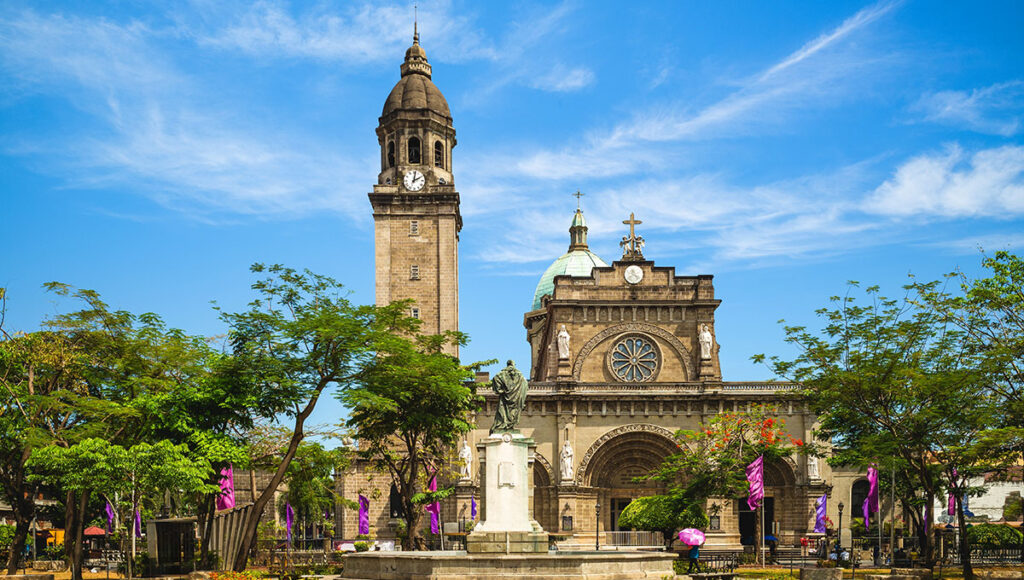
The culture and architecture of the Philippines were greatly influenced by the Spanish colonisation. It is in Intramuros, which is a walled city that includes cobblestone streets and Baroque churches constructed in the 16th century. Various old churches in the Philippines are considered UNESCO World Heritage sites, which contain architectural themes on the mixture of European and local Filipino designs and also the artisanship and their artistic talent.
7. City with Dynamic Capitals and Attractions
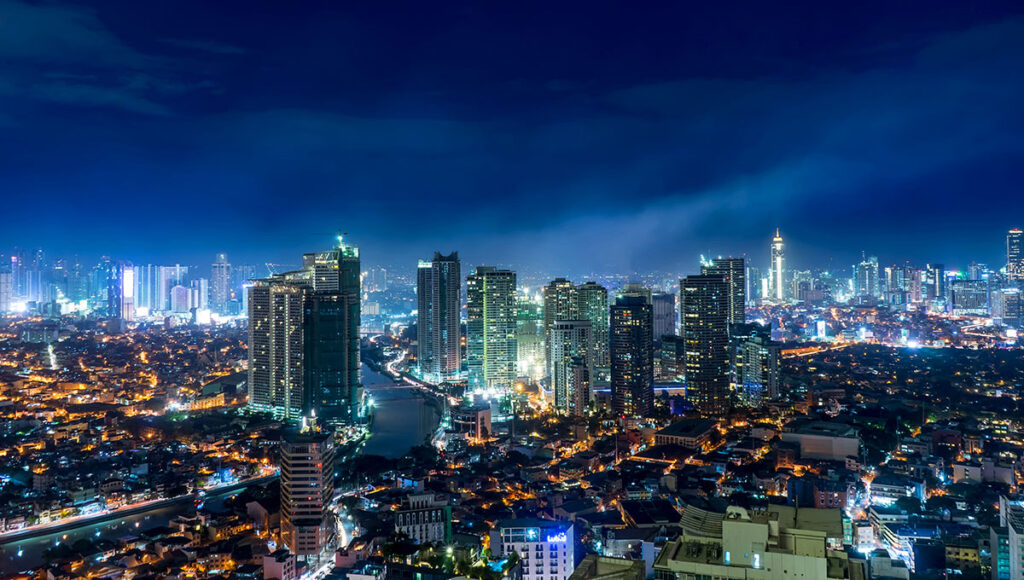
The metropolis is a smooth combination of historical and modern buildings. Tourist attractions in Manila range from the historic walled city to Rizal Park, commemorating the national hero; the comprehensive National Museum Complex; and contemporary commercial districts like Makati and Bonifacio Global City. Tours of these sites offer a history of the areas, starting with pre-colonial times, their period under Spanish rule, their independence, and modernisation.
8. UNESCO World Heritage Recognition
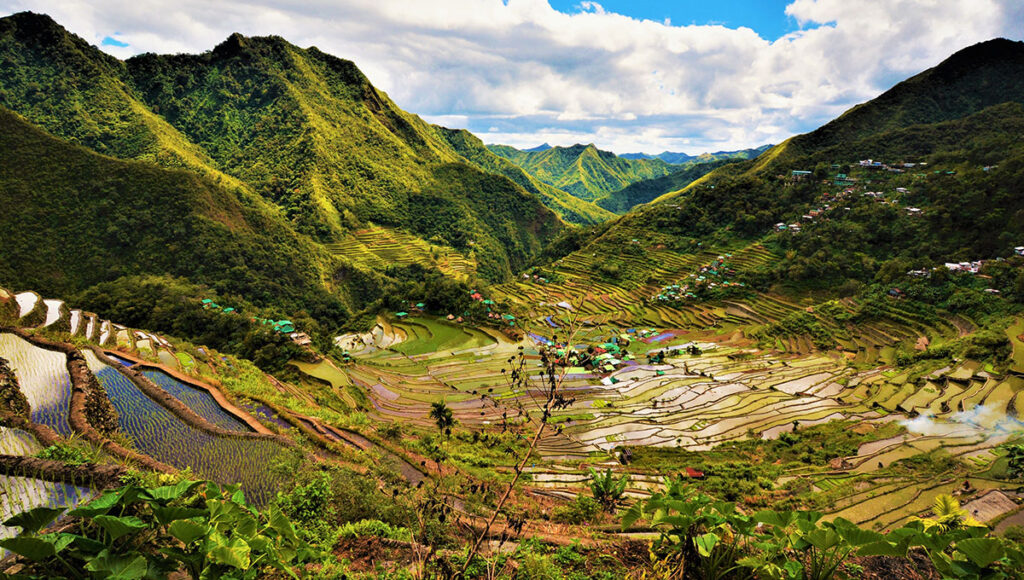
The ultimate solution to the question of what the Philippines is culturally renowned for is the UNESCO World Heritage Sites. The extent of engineering in ancient times can be seen in the construction of the Philippine Cordillera Rice Terraces, which were carved into the side of the mountains over 2,000 years ago. Such groups of Baroque churches, Tubbataha Reefs National Park, and Puerto Princesa Subterranean River National Park are all manifestations of the cultural and natural achievements that cannot be ignored in the global arena. Visit the National Commission for Culture and the Arts (NCCA) to see the complete list of UNESCO World Heritage Sites in the Philippines.
9. Jeepney Transportation, which is iconic
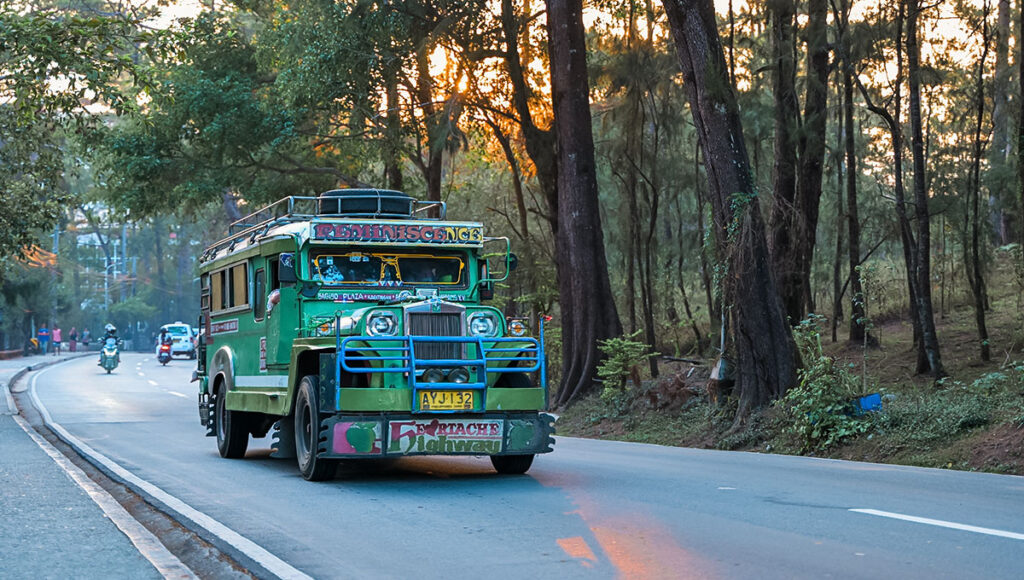
They are specially decorated vehicles symbolising Filipino ingenuity and craftsmanship. Jeepneys that were made of used American military jeeps after World War II are currently painted with bright colours and highly decorated with chrome and made to match individual taste. They are not merely a means of transport, but they are portable artworks that reflect the culture of the Philippines, resourcefulness, and the ability of the people to transform necessity into cultural expression.
10. Best Scuba Diving Destinations
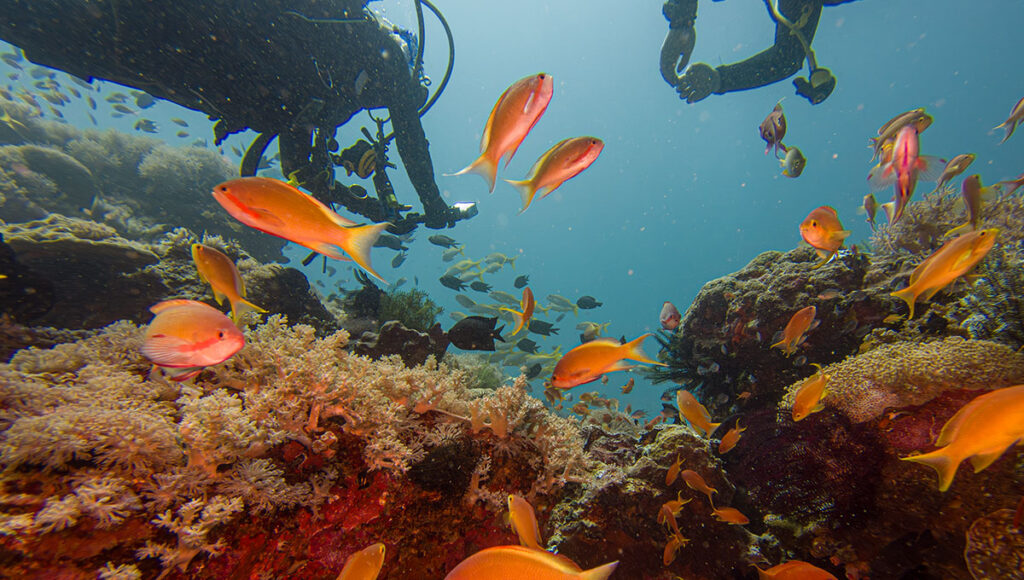
The positioning of the Coral Triangle as the epicentre of marine biodiversity on the Earth has made the Philippines a diving haven in the country. The undersea corals have over 400 species, countless varieties of tropical fish, sea turtles and large and dramatic geological islands. Tubbataha Reef, Apo Island, and Anilao provide world-class diving experiences, while snorkelling tours allow casual visitors to appreciate stunning marine ecosystems in shallow coastal waters throughout the archipelago. For protected marine areas, see the Biodiversity Management Bureau. Also, if you’re planning to explore the country’s marine wonders, don’t miss our guide to the Philippines’ snorkelling spots.
11. Theatrical Geography of the Volcanoes
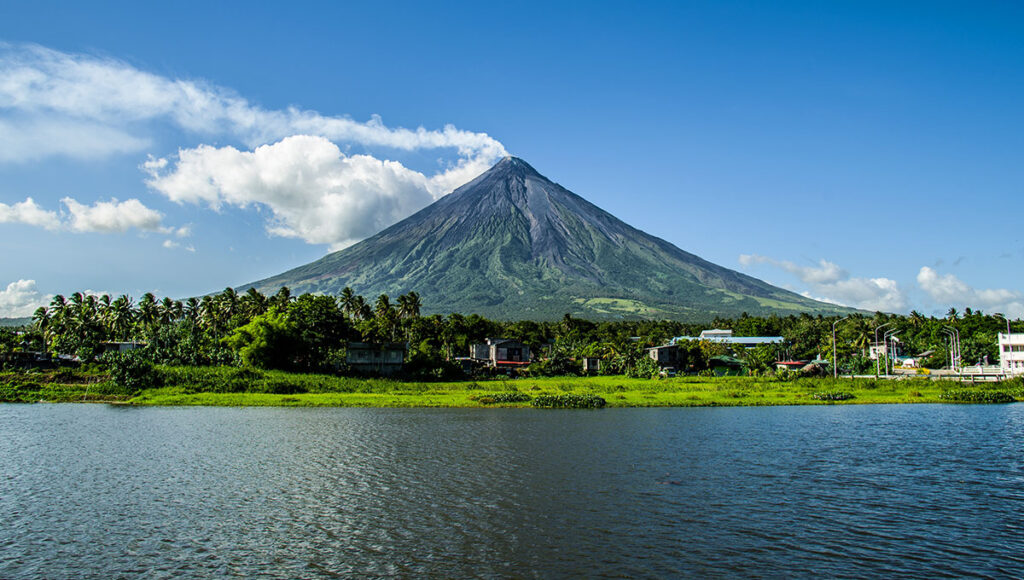
What is Philippines famous for? It also lies in the Pacific Ring of Fire, which creates some spectacular volcanic scenery in the archipelago. Mayon Volcano of Albay is a perfect illustration of a conical shape, and Taal Volcano is a strange example, as it carries the peculiarity of an island within an island within a bigger island. They are also volcanoes that are actively erupting, establishing amazing scenery and fertile volcanic soil that harbours a diverse variety of tropical vegetation.
12. Memorable Island-Hopping Tours
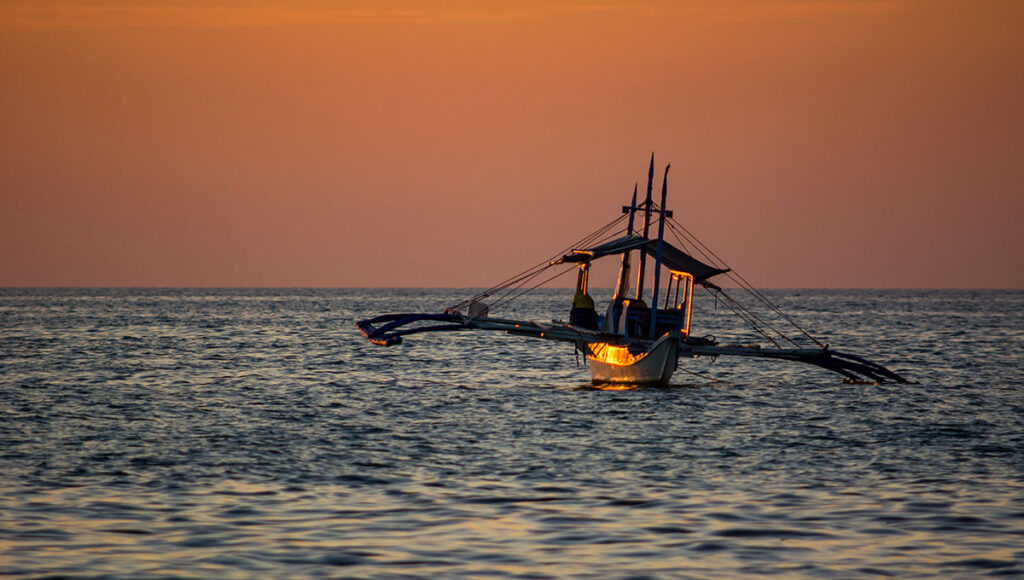
The Philippines possesses more than 7000 islands, and it is unparalleled when it comes to exploration. The tourists are provided with the traditional Bangka boats, which take the tourists to other parts of the islands with distinct features and attractions. Activities of the standard category consist of morning snorkelling in remote lagoons and afternoon and evening observing the spectacular sunsets on the beach. The geographical and ecological variety of the archipelago is exposed in close-ups through these expeditions. For tips and routes, read our Guide to Island Hopping Philippines.
Begin Your Philippine Journey
It is only a beginning when you learn what is Philippines famous for and learn more about this wonderful place. The archipelago is able to change lives, be it an adventure trip, a cultural and relaxation trip or a trip about food. Reserve your tickets with World Pinoy Flights and start planning your Philippines holidays to personally know why an increasing number of travellers are travelling to this beautiful country to get memories that can last a lifetime. The Philippines offers genuine hospitality and endless opportunities for exploration and discovery, whether it is the major tourist spots around the capital or the specialised tours to the remote communities on the islands.
FAQs: What is Philippines Famous For?
What is Philippines famous for?
The Philippines is famous for its postcard-perfect beaches, colourful cultural festivals, and the genuine warmth of the Filipino people. With thousands of islands to explore, it offers a mix of relaxation, adventure, and rich heritage that keeps travellers coming back.
Why do tourists choose to visit the Philippines?
Many tourists choose the Philippines for its stunning natural attractions, exciting island-hopping experiences, and friendly atmosphere. It’s a destination where visitors can enjoy world-class beaches, unique wildlife encounters, and memorable cultural experiences.
What makes the Philippines distinct from other countries?
The Philippines stands out for its multicultural history, diverse landscapes, and strong sense of community. Its blend of Malay, Spanish, American, and Asian influences creates a one-of-a-kind culture that visitors find both fascinating and welcoming.
What food is the Philippines known for?
The Philippines is known for its comforting and flavourful dishes such as adobo, lechon, sinigang, and pancit, each telling a story of tradition and family. Visitors also enjoy halo-halo and local street food that adds fun and flavour to the travel experience.
When is the best time to visit the Philippines?
The best time to visit is from November to May, when the dry season brings sunny days ideal for beaches, outdoor adventures, and sightseeing. This period offers the best weather for exploring both popular destinations and hidden island gems.


